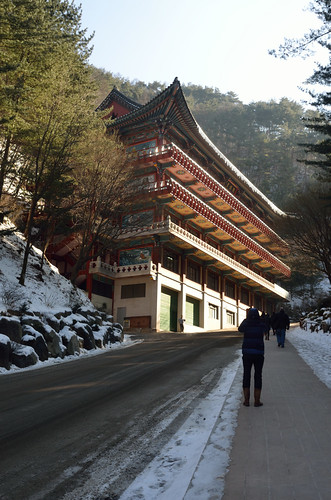type: Prime lens
mount type: M42
optical design: 6 elements in 5 group
aperture range: f/1.8~f/22
aperture blade: 6
minimum focus: 35 cm
filter thread size: 49mm
weight: 250g
length: 43mm
I don't much care about this technical details of lens. But sometimes it can be useful.
For example, if I already have 49mm uv filter or hood, I can use with this lens.
And I'm walking long hours when I do photo-walks. So if lens wasn't heavy, it was very suitable for me. That is the reason that I mostly shoot with prime lens.
So I do check those things from the technical details.
You can read more about the lens from here:
- Carl Zeiss Jena 50mm 1.8 Pancolar MC Lens Reviews - Carl Zeiss Lenses - Pentax Lens Review Database
* You can read user's review and even with sample photos. - The Carl Zeiss Jena Pancolar 50 mm f/ 1.8 Lens. Specs. MTF Charts. User Reviews.
- Carl Zeiss Jena Pancolar 50mm 1.8 | Vintage Camera Lenses
- Carl Zeiss Jena Pancolar MC 50mm f/1.8 (M42) Lens Review
Photos of the lens that I used.
 |
| Carl Zeiss Jena Pancolar 50mm f/1.8 red MC lens |
 |
| Carl Zeiss Jena Pancolar 50mm f/1.8 red MC lens |
Technical notes:
These photos were all taken with handheld and I used M42 lens to Sony E mount or Micro four thirds adapter so I have no idea about aperture number for the photo.
When I am taking photos, I do use Raw file format. So I need to convert raw file to jpg file and during that time, I do some post-processing--this is kind of darkroom process in developing film.
And when I do this, I don't use any default setting from Rawtherapee--open source software because there has some image modification settings like sharpening, micro-contrast and among other things.
I don't use Adobe Photoshop but this also has same kind of default setting with sharpening.
This isn't important for photography. But this is about the lens--what kind of photo I can take with this lens. So sharpening won't help to know about the lens.
So when I do use Rawtherapee, I removed all the default setting.
I will do these adjustments, if necessary:
- click the auto button in exposure tab--automatically calculate the exposure value,
- adjust exposure value, if overall image was still dark or too bright,
- adjust contrast(between 3 and 18) in L*a*b* adjustments tab,
- if there have some areas were too dark or too bright which makes me feel unbalance the overall look, adjust the shadow/highlight value.
- Sometimes, white balance set to auto or slightly reduce the temperature value. Because Sony A7's white balance value was quite terrible when I do use other brand lens--not Sony E mount lens.
Sample photos:
Sony A7 with Pancolar 50mm f/1.8:
 |
| Cherry blossom at Hanja, Cheongdo |
 |
| Bokeh(?) shot |
 |
| at the Sincheongyo - Korean word gyo means bridge |
 |
| Self-portrait through mirror |
I did use Sony's Imaging Edge software--increase exposure value to 0.33 ev(1 stop or 1 click) and then creative style to portrait.
 |
| Rapeseed |
Olympus E-P3 with Pancolar 50mm f/1.8 - Olympus E-P3 has crop factor of x2 so lens became 100mm lens--so it's more like a medium telephoto lens.
Only one time I did take photo with Olympus E-P3 because I didn't expect this lens as medium telephoto lens. And I couldn't familiarise with colour that produce.
But this bokeh was interesting so I included it here.
 |
| Bokeh shot(?) |
 |
| at the Sincheongyo |
When I took those photos, I took the shot in jpg, not raw file. And I did use Olympus Viewer software with Auto Tone Correction function--not any other modification.
P.S. If you'd like to read in Korean, you can read it from here--this is my Korean blog.























